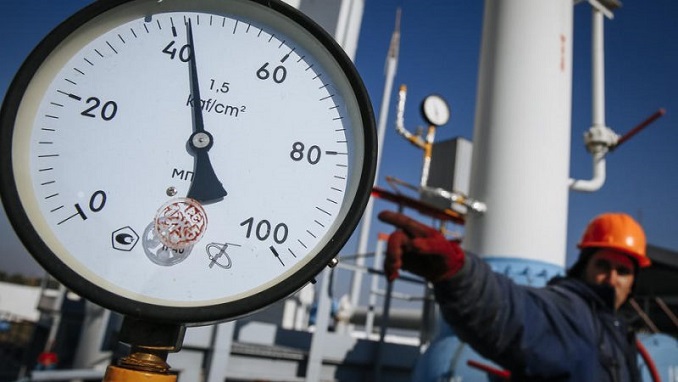
The alleged possibility of Russia invading Ukraine, the idea the mainstream media is propelling despite Russia denying it as unfounded, could throw into question the ability of the European countries to keep the heat on in the dead of winter considering the risk that Russian gas tap could dry out.
Considering the fact that Russia furnishes more than 40% of the natural gas imports of Europe, which imports around two-thirds of its natural gas, those supplies could be at risk if it invades Ukraine.
Though experts judge that a complete halt to Russian gas deliveries is highly unlikely, Europe has alternatives to replace some of the gas it currently buys from Russia from Norway, Algeria, and Azerbaijan.
But, as Thierry Bros, a specialist on the European gas market at Sciences Po university in Paris, argues, they don’t have additional production capacity which means that Europe might have to turn to LNG (liquefied natural gas).
LNG can be delivered by huge sea tankers from suppliers anywhere in the world and Vincent Demoury, head of the GIIGNL international trade association of gas import firms, says that the three giants for LNG supplies today are Qatar, Australia, and the United States.
Demoury points out that only these three countries have the flexibility to increase the LNG production or to switch volumes that traditionally go to other markets towards Europe.
Senior Biden administration officials stressed on Tuesday that Washington is trying to help Europe find alternative supplies to cover the majority of Russian imports and is in talks with the world’s major energy-producing countries and companies over a potential diversion of supplies to Europe.
Bros, however, underscored that Europe can’t replace all the Russian gas with LNG since Europe’s ports and regasification facilities can only handle 19 bcm/month and that’s only if, as Demoury explains, if you look at capacity on an annual basis since the utilization rate of LNG terminals is much higher in the middle of winter.

Be the first to comment